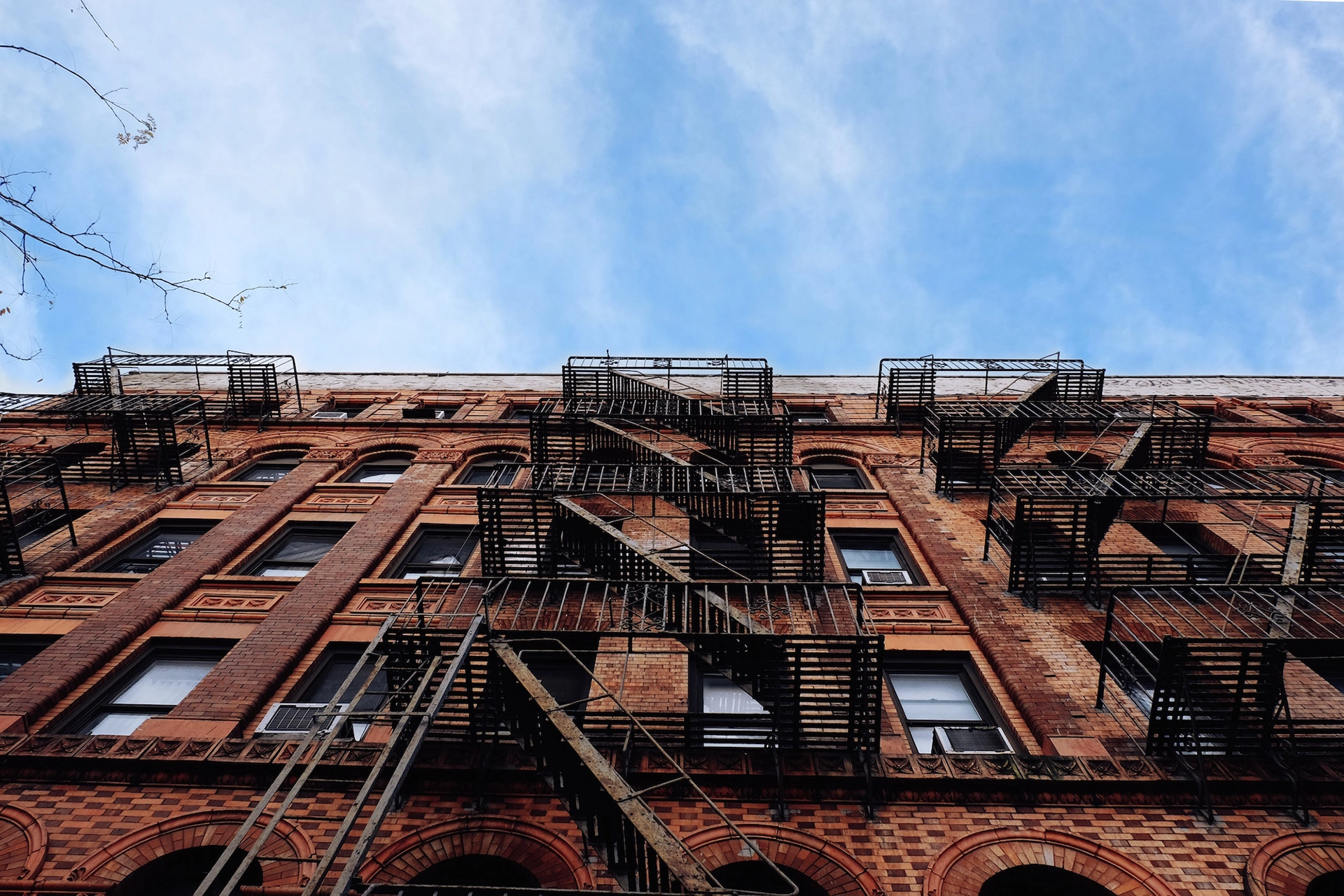The system of real property assessment in New York City is complex. An interplay of state and local laws creates a revenue machine that produces over 20 billion dollars in property taxes every year. That’s nearly half the entire tax revenue of the City.
The Four Classes
Before going into further detail about assessment methods and the assessment timeline, it is important that we distinguish between the four classes of properties. What follows is a brief description of each class, its respective Assessment Ratio and the most recent applicable tax rate.
Tax Class One
Tax Class One represents primarily residential buildings with three or fewer units (Note: Most non-condominium private residences are in Tax Class One). It also includes small condominium properties as well as some vacant lots. Tax Class One properties comprise roughly two-thirds of all lots in NYC.
- Total number of Tax Class One lots as of the 2015/16 fiscal year: 699,372
- Tax Class One Assessment Ratio: 6% of Market Value (MV)
- Tax Class One 2015/16 Tax Rate: 19.554% from parcel’sBillable Taxable Assessed Value (defined below)
Tax Class Two
Tax Class Two includes all other residential properties not included in Class One, namely, cooperatives, condominiums and multi-family rentals. Mixed-used properties whose residential floor area exceeds the non-residential floor area are also classified as Tax Class Two as long as the total number of units is four or more. Tax Class Two residential properties are further subdivided into four sub-classes:
- 2A: four (4) to six (6) unit rentals
- 2B: seven (7) to ten (10) unit rentals
- 2C: two (2) to ten (10) unit cooperative buildings or condo units
- 2: residential buildings have 11 units or more*
*Even though Tax Class Two (2) is its own class of properties, MGNY conceptually separates buildings having 11 units or more from the smaller sub-classes, treating such properties as belonging to a “sub-class” 2 (or “straight 2”) as distinct from sub-classes 2A, 2B, and 2C. There are more than a handful of specific reasons why this distinction is important. One of them has to do with the assessment caps applicable to sub-classes 2A, 2B, and 2C.
- The total number of Tax Class Two (2) lots as of the 2015/16 fiscal year: 255,309
- Tax Class Two (2) Assessment Ratio: 45% of MV or Effective Market Value
- Tax Class Two (2) 2015/16 Tax Rate: 12.883% from parcel’s Billable Taxable Assessed Value
Tax Class Three
Tax Class Three represents utility properties. They comprise a negligible percentage of all lots in NYC.
- The total number of Tax Class Three lots as of the 2015/16 year: 296
- Tax Class Three Assessment Ratio: 45% of MV
- Tax Class Three 2015/16 Tax Rate: 10.813% from parcel’s Billable Taxable Assessed Value
Tax Class Four
Tax Class Four includes all other properties, such as buildings and condo lots used for one or more of the following purposes: retail, office, factory, warehouse, loft, hotel, theater, educational or medical facility, and many other non-residential uses.
- The total number of Tax Class Four lots as of the 2015/16 year: 96,374
- Tax Class Four Assessment Ratio: 45% of MV
- Tax Class Four 2015/16 Tax Rate: 10.656% from parcel’s Billable Taxable Assessed Value
Understanding the tax class distribution provides the foundation for exploring the assessment system, which begins with determining the property’s market value. Anyone who has read the Finance Department’s notice of property value at least once can attest to the fact that the term “market value” is rather confusing.
Full Market Value
NYC assessors confront the vast sea of properties to be evaluated every year with two challenges on their hands:
- Limited human and operational resources, and
- Strict deadlines for publishing annual assessment rolls
These constraints produce a system which is highly automated, yet very flawed. This article does not purport to comment on the particular inadequacies of the assessment process. Rather, we intend to simply outline the basic tenets of valuation approaches and taxation methods used by the NYC Finance Department.
Valuation Methods
The NYC Department of Finance (Finance) uses multiple methods of estimating a parcel’s full Market Value (MV). For one- to three-family homes, the default valuation method is a Sales Approach. Market Value is derived directly from the sale of comparable properties with the assistance of a Computer Assisted Mass Appraisal (CAMA) model. Finance’s estimates for these Tax Class One properties are typically close to what the properties could actually sell for on the open market.
For the remaining groups of properties, Finance’s estimates of MV are typically well below the actual free-market sale values. Nevertheless, any possible benefits to a taxpayer as a result of Finance “under-assessing” his or her property are negated by the higher assessment ratio of 45% for Tax Classes Two, Three and Four, as opposed to the 6% for Tax Class One properties.
For small residential and mixed-used Tax Class Two properties (for which the Real Property Income and Expense (RPIE) filing is not required), Finance uses a flawed Gross Income Multiplier method of evaluating properties. This method provides for greater efficiency at the expense of accuracy due to its heavy reliance on the statistical modeling of the neighborhoods’ economic data.
For larger Tax Class Two (2) and Tax Class Four (4) properties, Finance uses the Income Capitalization method to determine MV. The most important, yet overlooked, features of this valuation method is that Finance aims to determine the property’s potential to generate income and an investor’s likely rate of return on such income. Even though actual income and expense figures reported on the RPIE play a major role in the calculation, it should be noted that Finance is not obligated to utilize the exact figures as reported by taxpayers. Take a simple example: a factory building has been vacant for the entire calendar year and has produced no income, therefore operating at a loss. This loss has been reported on RPIE. Nevertheless, Finance will use comparable data for similar properties in order to determine average income per square foot, and then impute income to the vacant factory building based on that comparable income data.
Assessed Value
Read Assessment Basics – Part II for the next steps in the assessment process.
Definitions
Assessment Ratio: Percentage of Market Value (MV) at which these properties are assessed
Fiscal Year: The NYC fiscal year begins on July 1 and ends on June 30.
Billable Taxable Assessed Value: The assessed value upon which the tax liability for all classes is based. The billable assessed value for residential properties under 11 units is the actual assessed value. For residential properties with more than 10 units and commercial property, it is the lower of the actual taxable assessed value or the transitional taxable assessed value.


